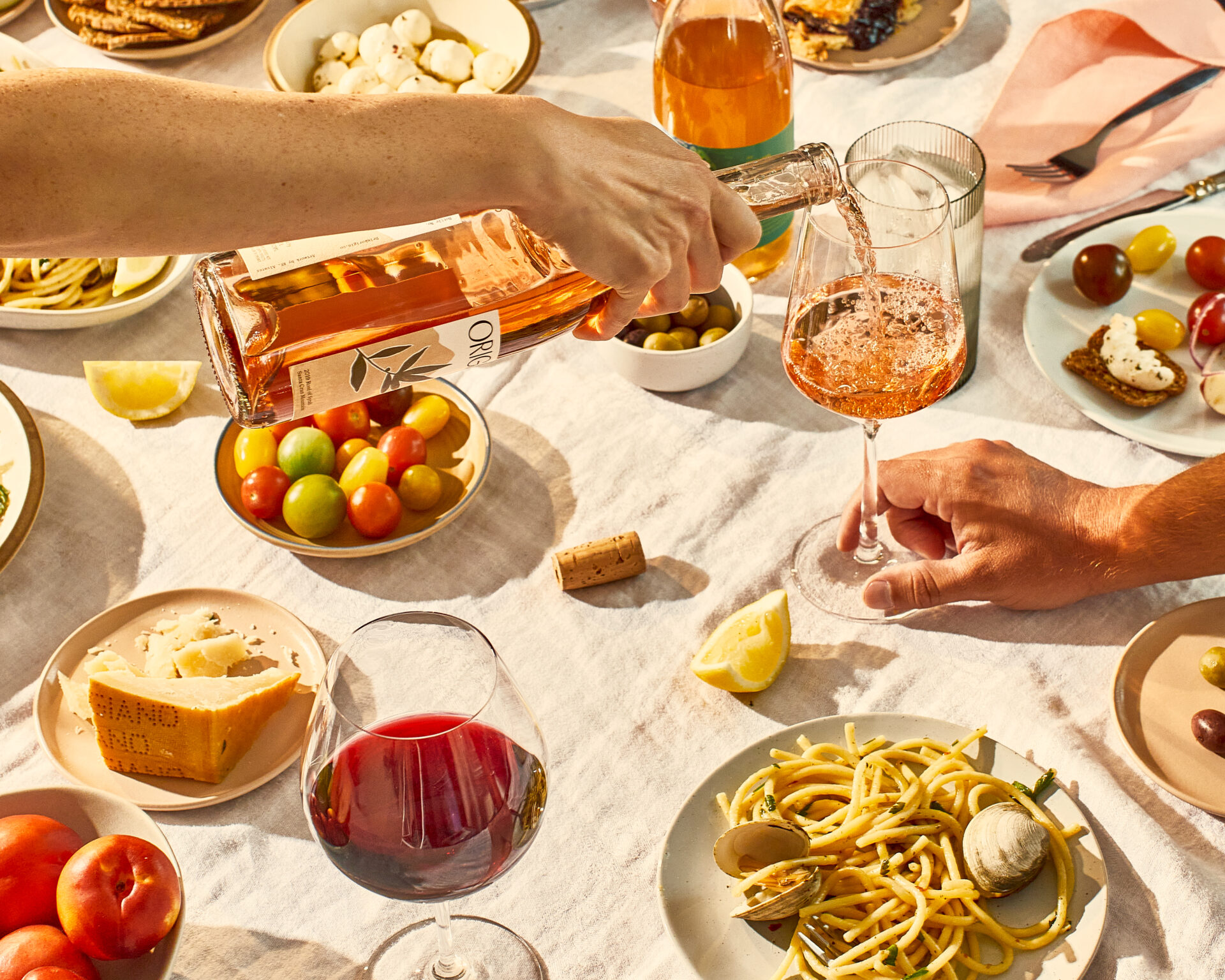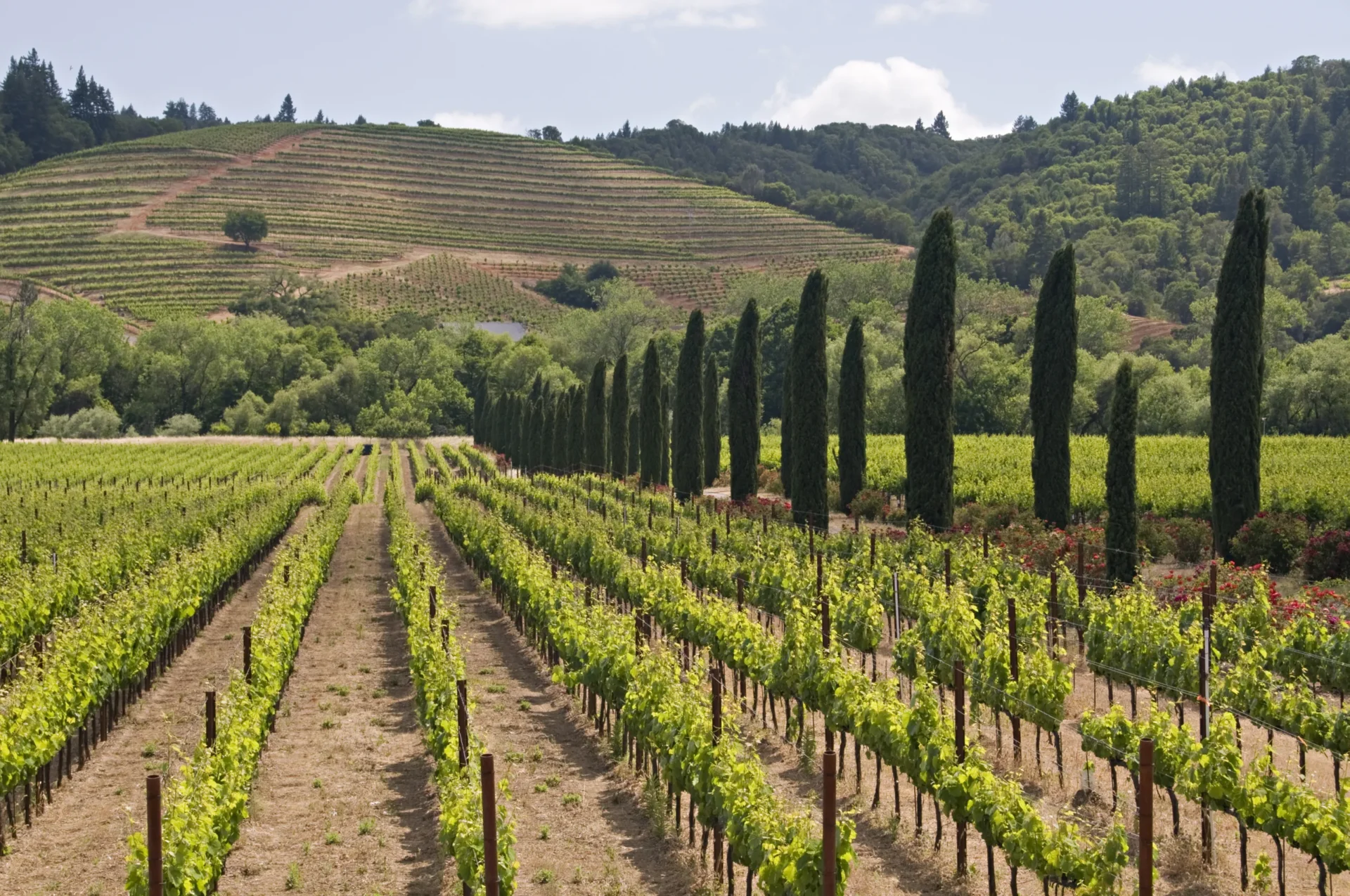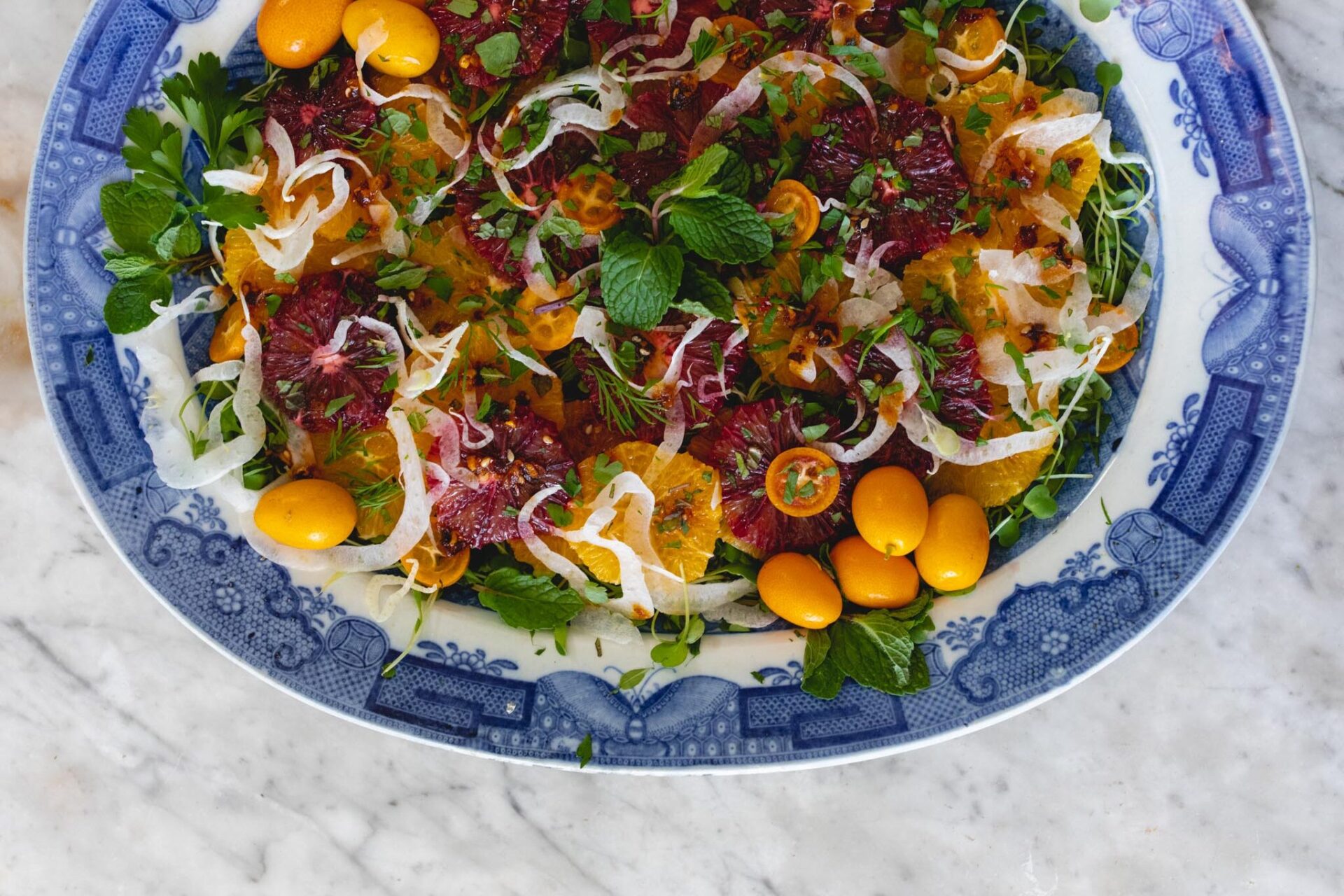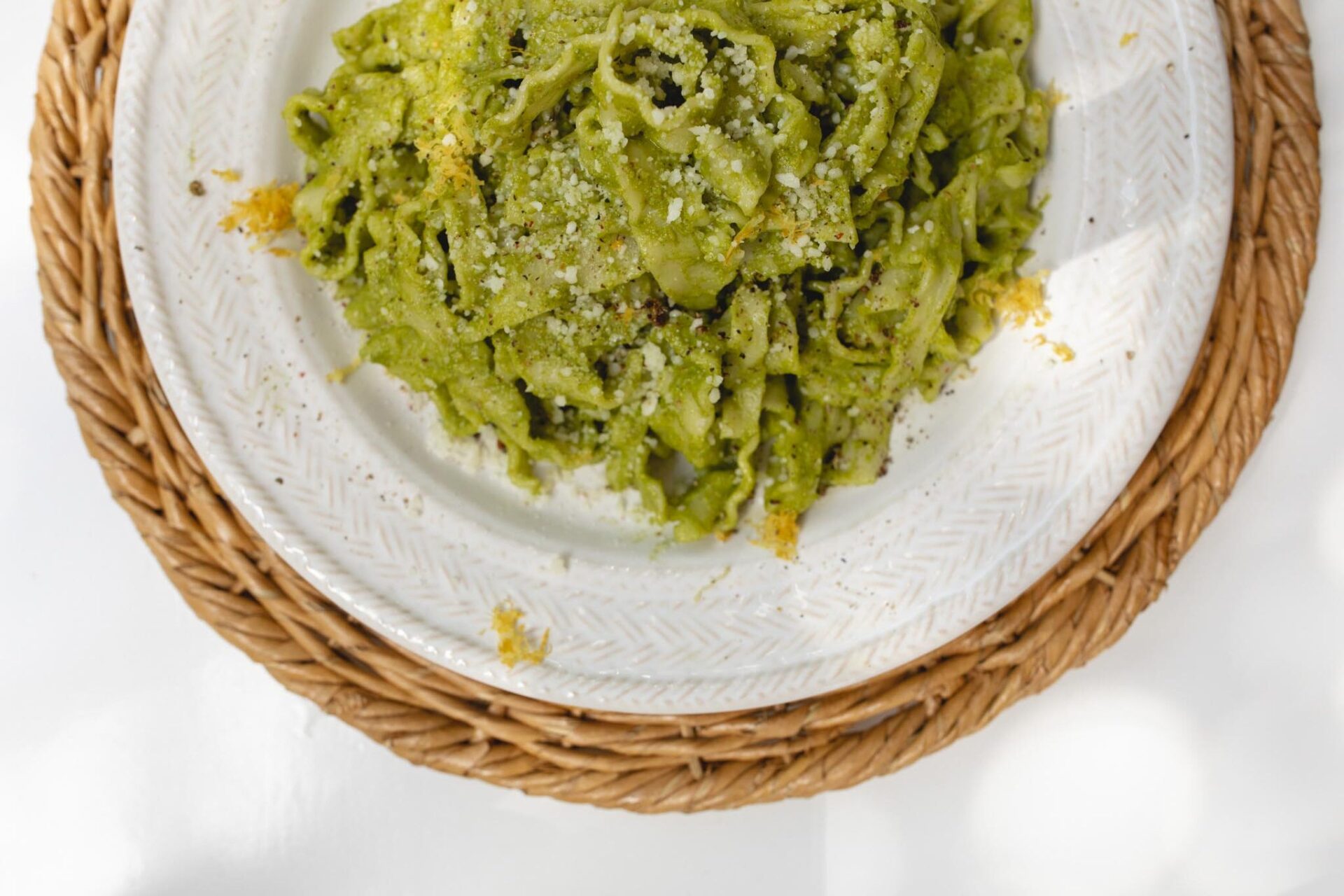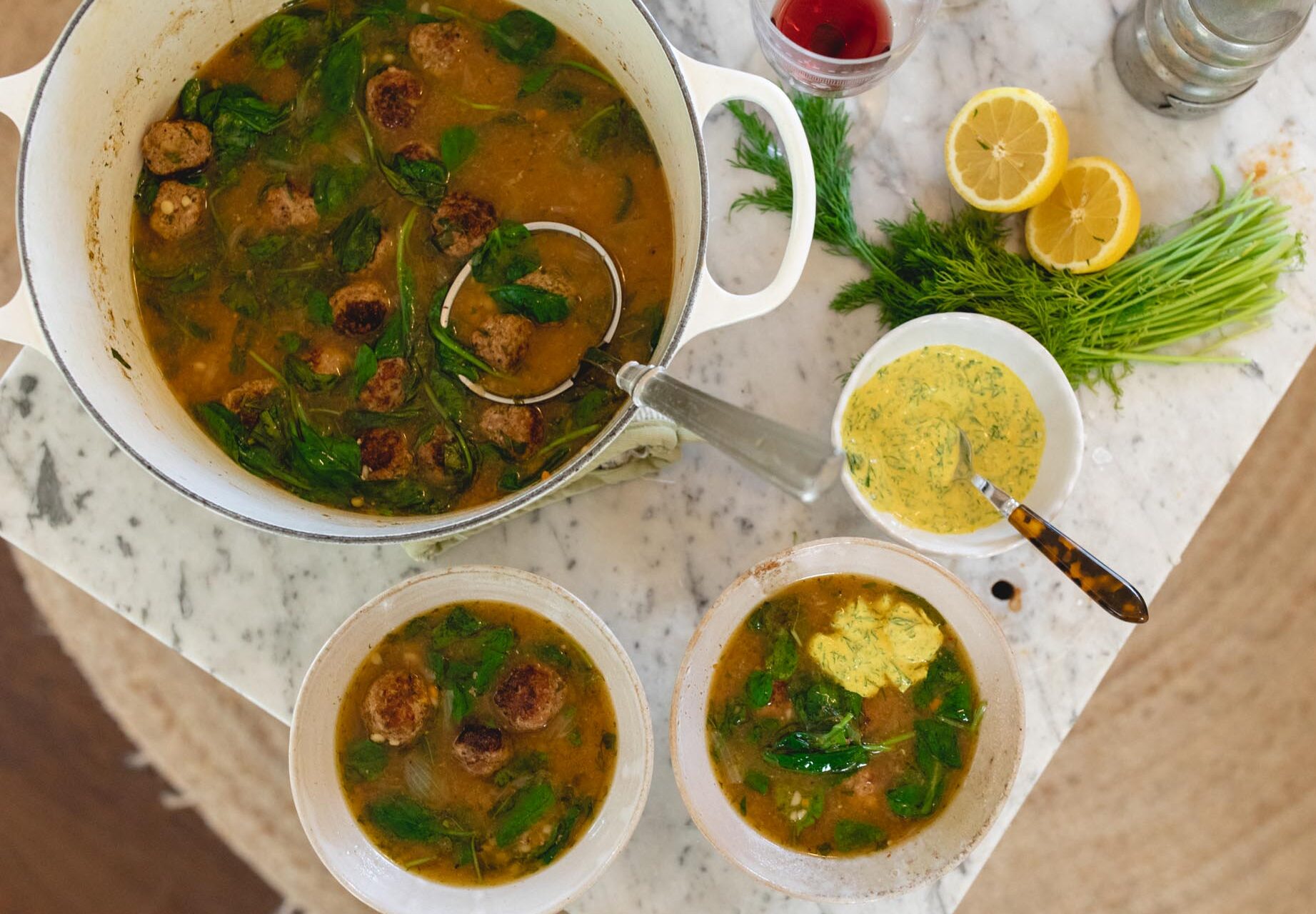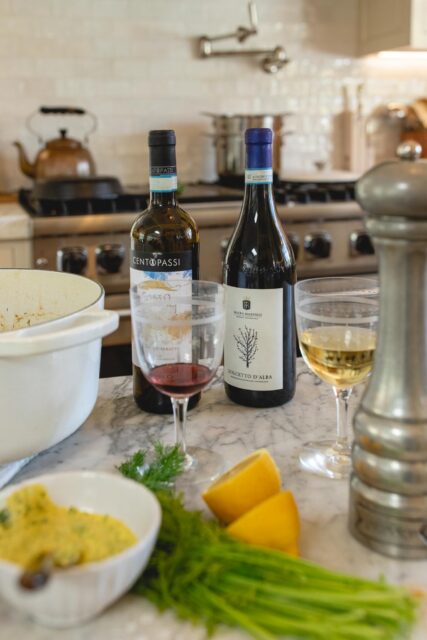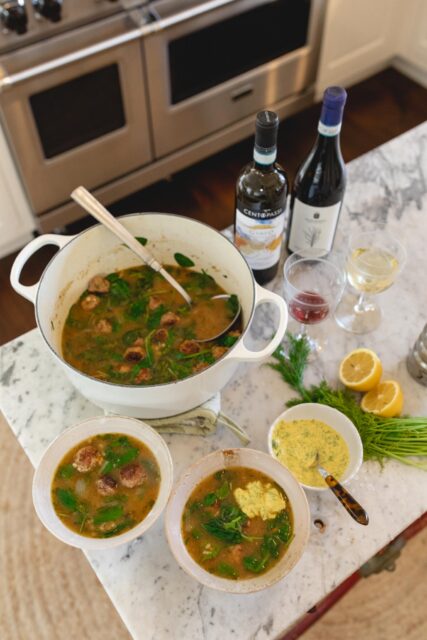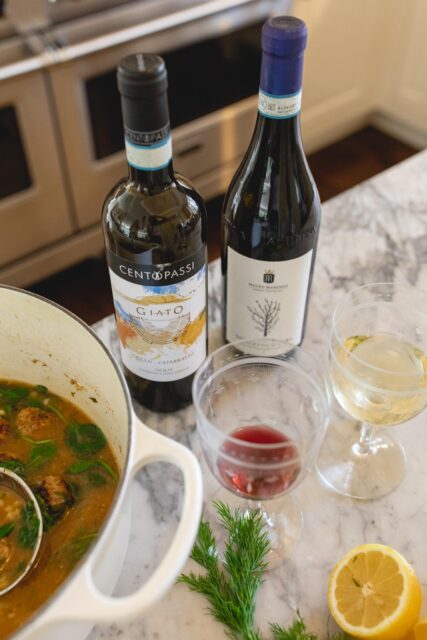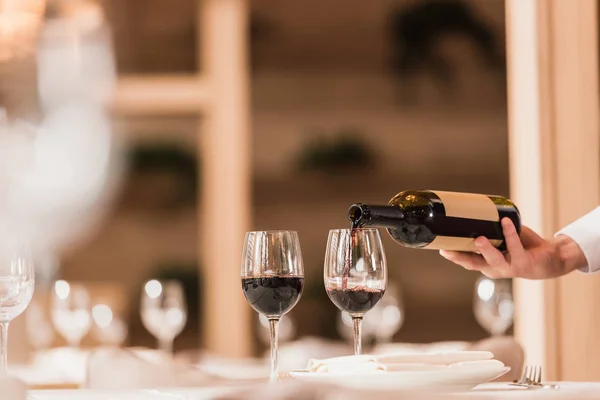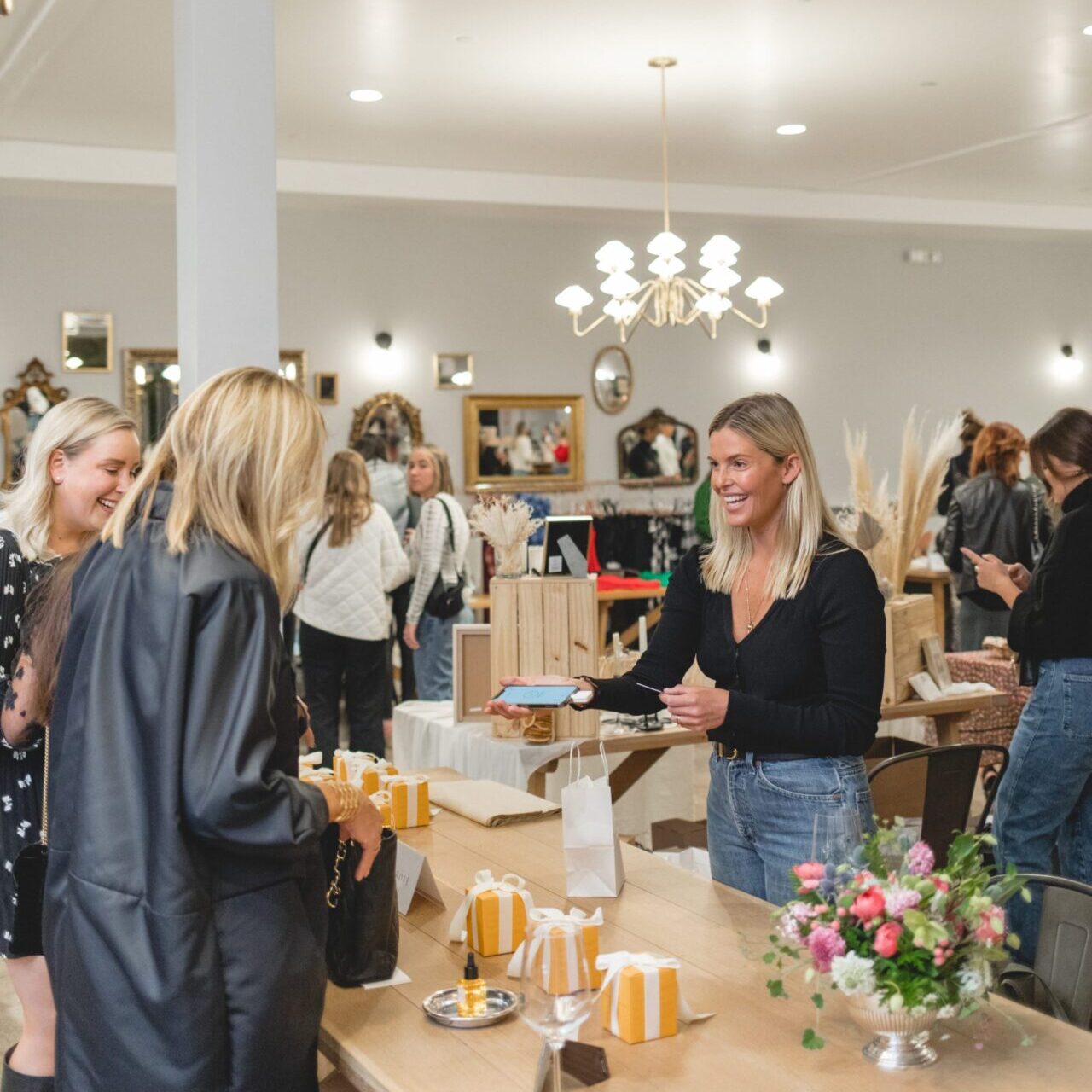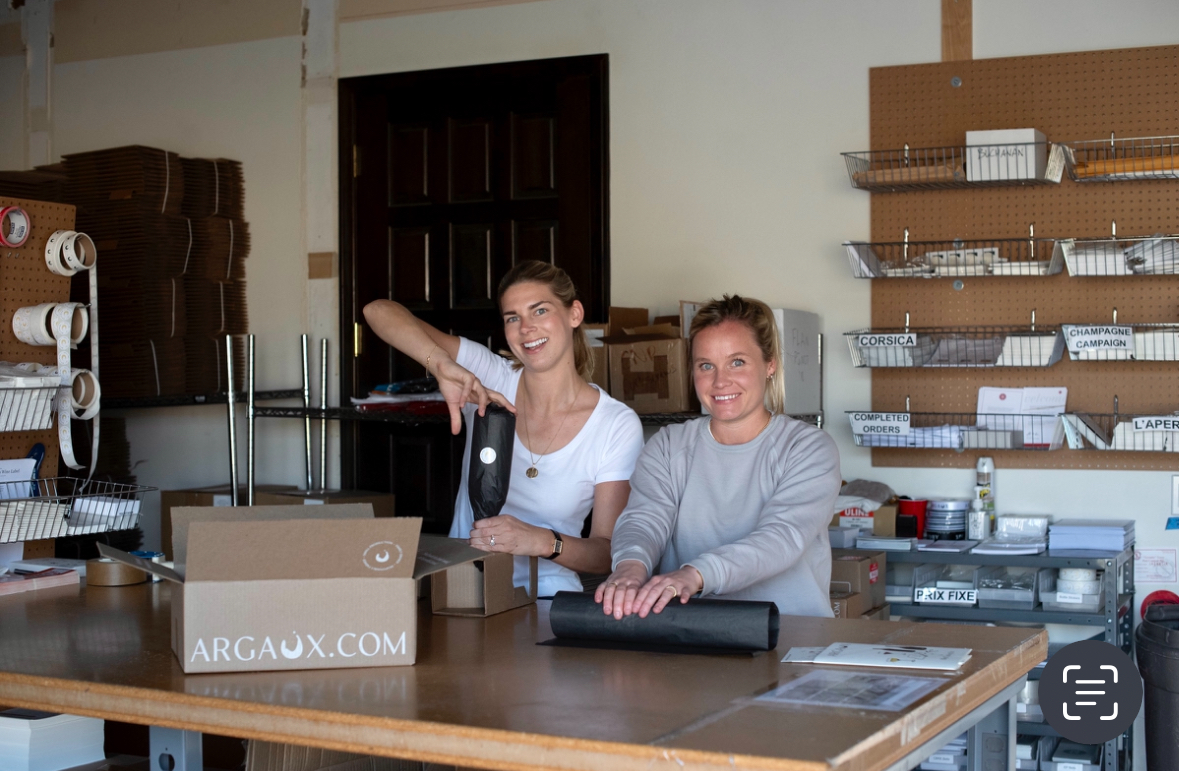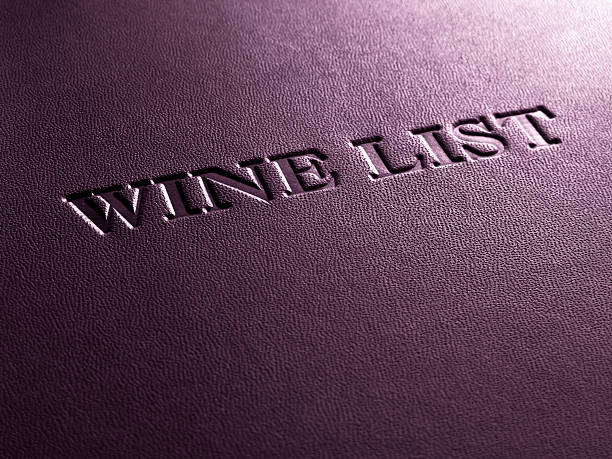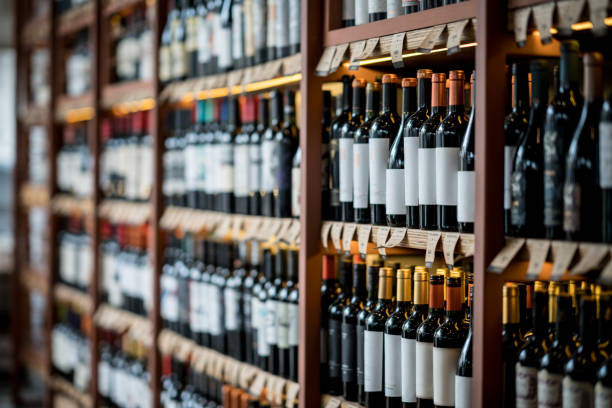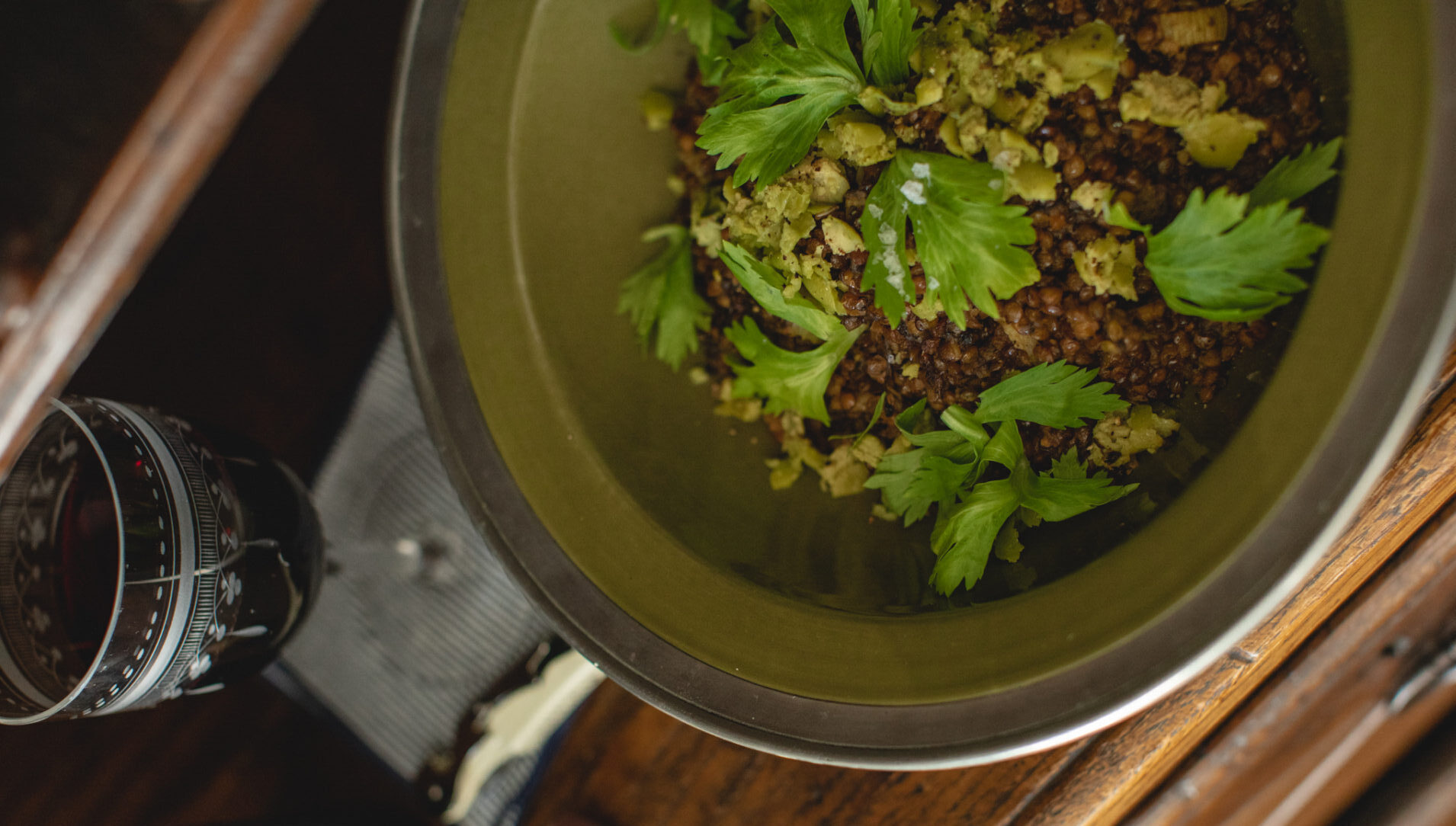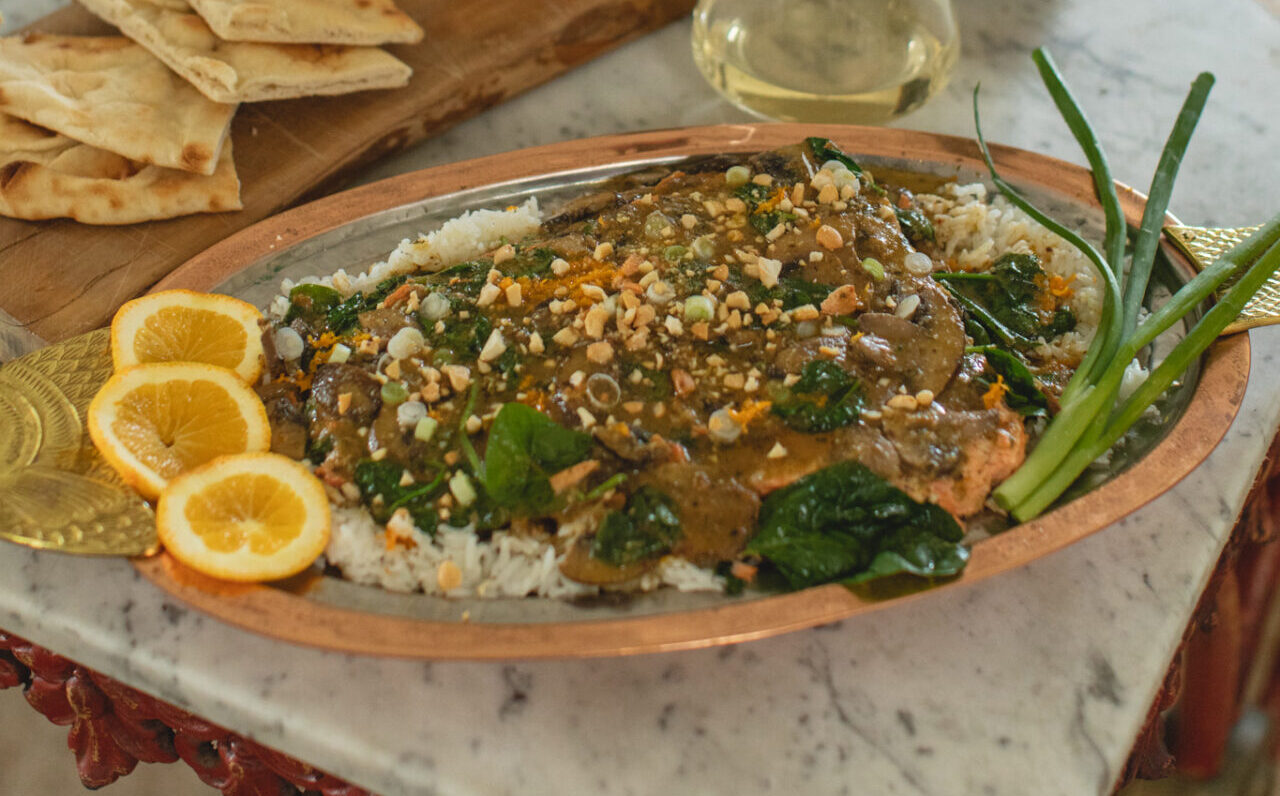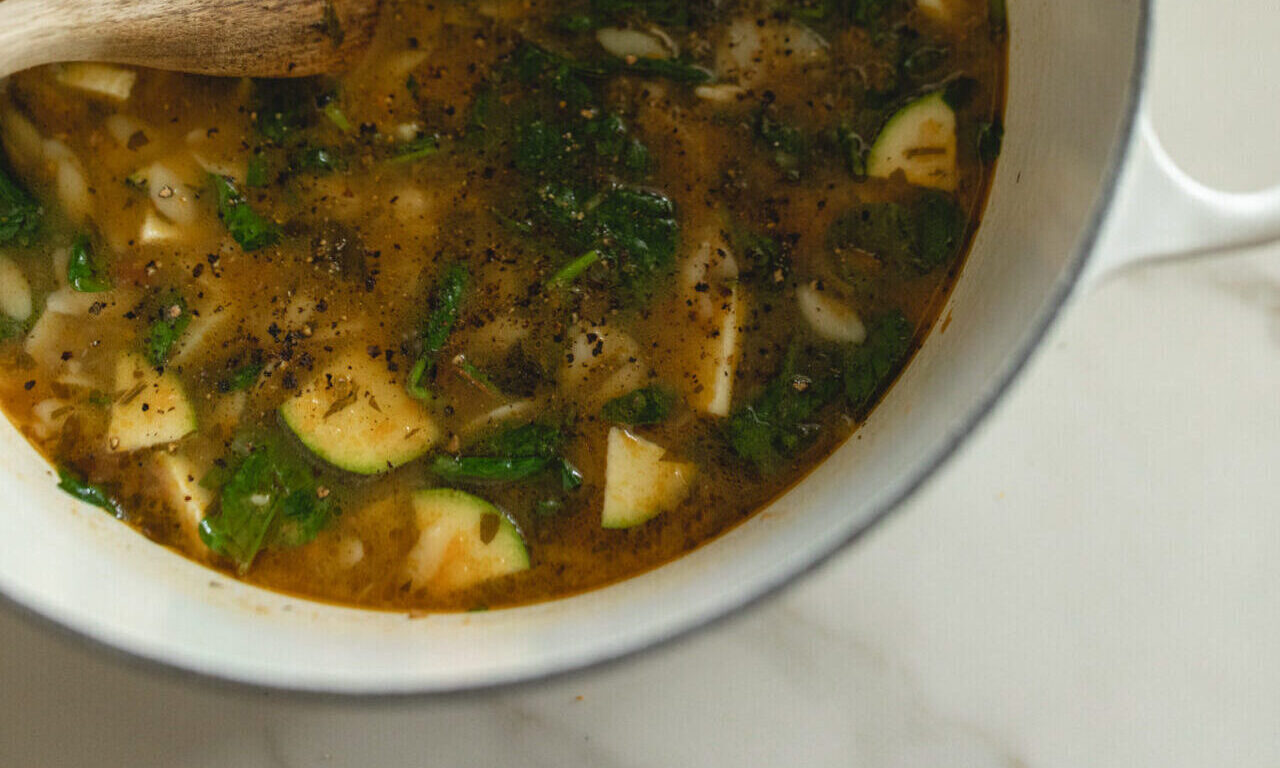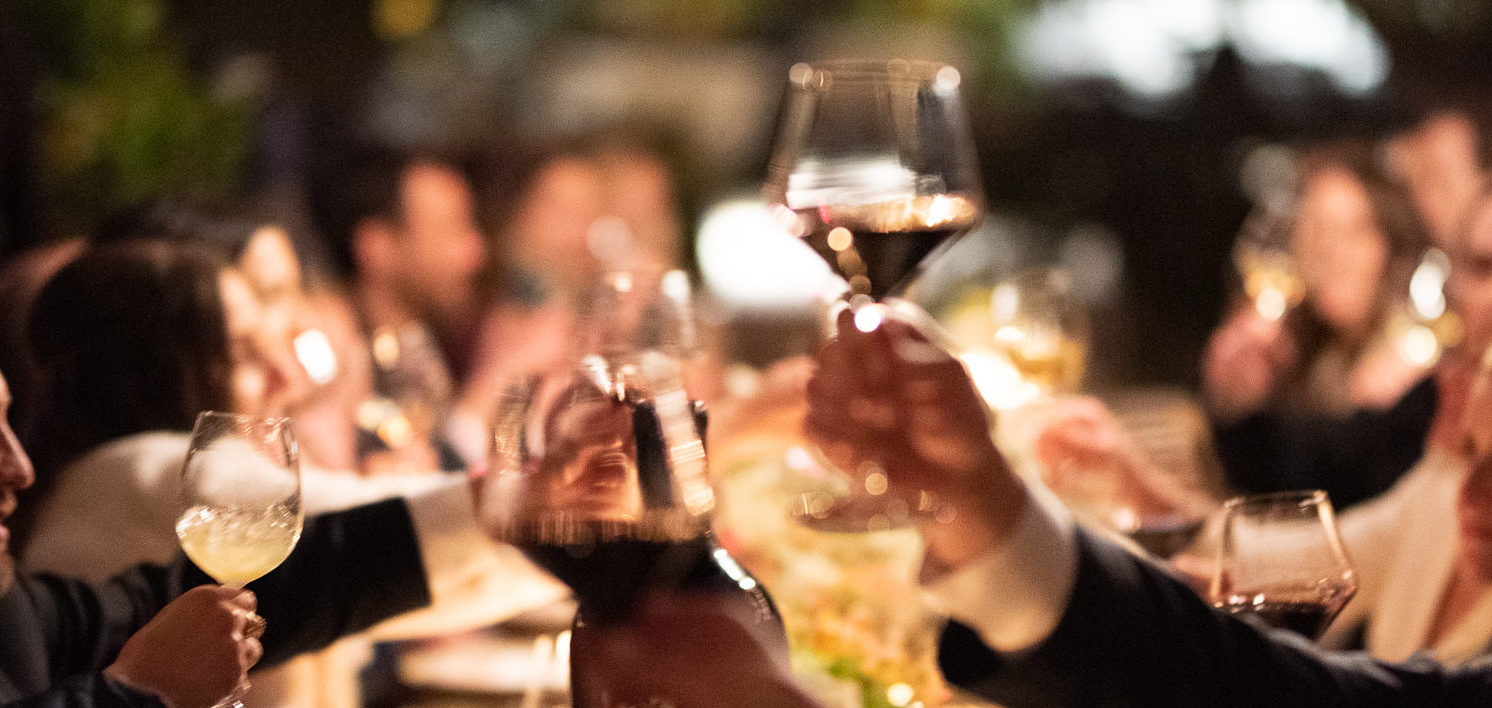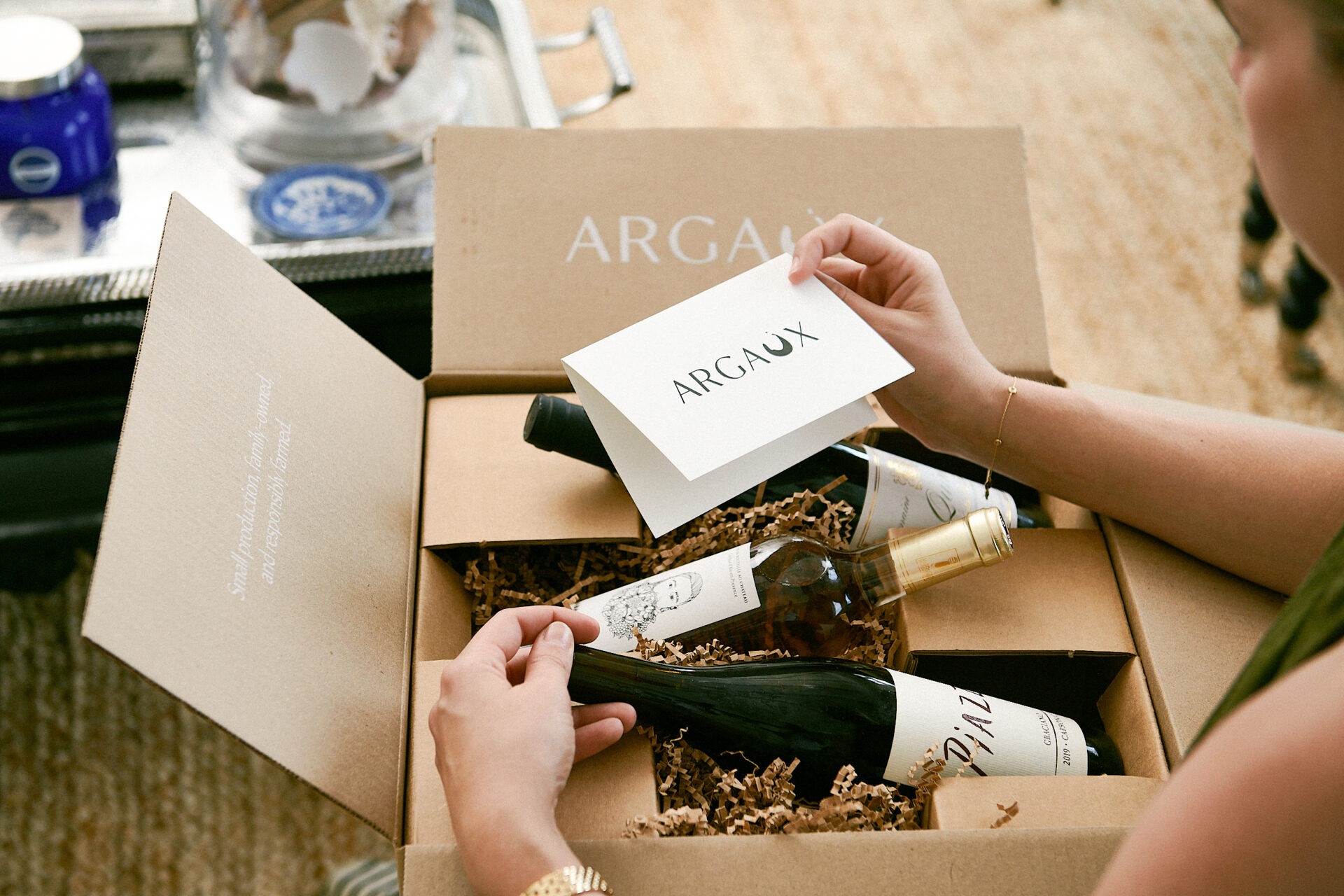Rosé All Day: Hosting the Ultimate Rosé Wine Tasting Party
Longer days and warmer weather calls for hosting a Rosé Wine Tasting Party. Your trustee Argaux sommelier has got you covered when selecting the perfect food and rosé wine pairings, setting the ambiance, entertainment and more!
The Theme: Rosé All Day Wine Tasting Soiree or Shades of Rosé Wine Tasting
The Tasting Lineup: We recommend starting by selecting a variety of Rosé based on region, color, and maybe even sparking vs still. 3-4 Rosé’s will be perfect! Argaux makes it easy with our annual Shades of Rosé mini-subscription every spring. Our sommeliers hand-pick the wines featured, and you’ll receive 4 rosé wines each month over this 3-month program. Check out our selections for the Shades of Rosé 2025 Collection.
Tasting Tip: Print a framed menu showcasing your Rosé lineup. Your Argaux sommelier can assist in creating something fun for an at home wine bar feel. A printout of each Rosés’ tasting notes, food pairings and fun facts on the producer is a great touch to add to the wine tasting experience. All of Argaux’s rosé wines have a QR code on the bottle as well if it’s easier to tell guests to simply scan the QR code for more info on each wine.
The Food Pairing: It’s essential to choose dishes that complement the wine’s characteristics, whether its acidity, fruitiness, or even color. Here are some excellent food pairings to consider:
- Fresh Seafood: The combination of light, delicate flavors of seafood and the crisp acidity of rosé wines will be a show stopper! Our Halibut Ceviche is the perfect appetizer to pair with rosé and our Citrus + Saffron Poached Halibut makes the perfect main seafood dish.
- Charcuterie and Cheese: Create a charcuterie board with an assortment of cured meats like prosciutto, salami, and chorizo, along with an array of cheeses such as brie, goat cheese, and aged cheddar. The saltiness and richness of the charcuterie and cheese complement the fruitiness of rosé wines. Tip: Something super easy to elevate your cheese and charcuterie board is Pan Con Tomate (and it also happens to pair fabulously with Rosé).
- Fresh Salads: Offer salads with light vinaigrettes, mixed greens, fresh seasonal fruits, savory herbs, and your favorite cheese. The acidity of the vinaigrette and the creaminess of the cheese enhance the fruity notes in rosé wines creating the perfect rosé pairing. Our Spiced Cucumber, Feta + Fresh Herb Salad and our Watermelon Chaat are two examples of a unique take on salad for this pairing.
- Grilled Vegetables: Serve grilled vegetables like zucchini, bell peppers, and asparagus. The smoky flavors from the grill and the natural sweetness of the vegetables complement the versatility of rosé wines. Check out our Grilled Summer Vegetables and Smash Burger recipe just in time for Summer.
- Poultry Dishes: Pair rosé wines with dishes like grilled chicken, turkey sliders, or chicken satay. The light, lean proteins and mild flavors of poultry allow the fruitiness of the wine to shine. Serve our go to from our test kitchen, Chicken Milanese.
The Ambiance: Creating the perfect ambiance for a rosé wine tasting party involves setting the mood, creating a welcoming atmosphere, and providing elements that enhance the enjoyment of the wine. Here are some tips to help you host a memorable rosé wine tasting party:
- Outdoor Setting: If weather permits, consider hosting the tasting outdoors in a garden, patio, or backyard. Natural light, fresh air, and the beauty of nature can enhance the experience of sipping rosé wines.
- Decor: Decorate the space with soft, pastel colors and floral accents to evoke the feeling of spring or summer, which are often associated with rosé wine. Use tablecloths, napkins, and decorations in shades of pink, white, and green to create a cohesive look. We love Lisa Corti’s tablecloths and napkins!
- Seating Arrangements: Arrange seating in small groups or clusters to encourage conversation and interaction among guests. Use comfortable chairs or outdoor seating options with cushions to ensure guests can relax and enjoy the tasting.
- Music: Create a playlist of upbeat, summery tunes to set the mood and enhance the ambiance. Or just check out our Shades of Rosé playlist 😉 Choose songs that complement the relaxed atmosphere and encourage conversation without overpowering the conversation.
- Lighting: Use soft, ambient lighting such as string lights, lanterns, or candles to create a warm and inviting atmosphere. Avoid harsh overhead lighting, which can detract from the cozy ambiance. These cordless lamps are a fun alternative to setting the mood.
- Glassware and Table Settings: Use proper glassware for wine tasting, such as stemmed glasses with a tulip-shaped bowl to capture the aromas of the wine. Set the table with fresh flowers, elegant tableware, and decorative accents to elevate the overall presentation.
The Hostess Gift and Party Favors: It is always a great idea to add a little extra special for the hostess and guests to take home! Here a few crowd pleasers to keep your guests daydreaming for your next wine tasting soiree!
- Build your own gift basket: Have a few extra rosé bottles on hand and your favorite Argaux marketplace items to build the perfect gift basket.
- Shades of Rosé Mini Subscription for Spring & Summer: The perfect membership to keep the rosé flowing all Spring and Summer.
- Keep it simple with a candle or these stylish cocktail napkins!
Looking for more inspiration on hosting a party? Be sure to read Best Wine For A Summer Party
7 Sommelier-Approved Rosé Wine Pairings
When pairing food with rosé wine, there are a few things to keep in mind. Most importantly, Acidity: Rosé wines often have a refreshing acidity that can complement a wide range of foods. Consider dishes that have a similar level of acidity, such as salads with vinaigrette dressing or dishes with lemon-based sauces. Sweetness: Rosé wines can vary in sweetness levels, from bone-dry to slightly sweet. Consider the sweetness of the wine when pairing with food. Sweeter rosés may complement spicy dishes or contrast with salty foods, while drier rosés may pair better with lighter, more delicate flavors. Herbaceousness: Some rosé wines may exhibit herbal notes, which can pair well with dishes that contain fresh herbs or green vegetables. For example, a rosé with hints of basil might complement a caprese salad or pesto pasta dish. Regional Pairings: Consider the origin of the rosé wine when choosing food pairings. For example, a Provence rosé from France might pair well with Mediterranean-inspired dishes like grilled vegetables, olives, or seafood, while a Spanish rosé could complement tapas or paella.
Ultimately, the best food pairing for a rosé wine will depend on its specific characteristics, as well as personal preferences. Experimentation and tasting different combinations can help you discover what works best for your palate.
If you want to learn more about rosé, check out our Comprehensive Guide to Rosé Wine
Rosé wine is versatile and pairs well with a variety of dishes, from light salads to hearty mains.
Here are 7 sommelier-approved rosé wine pairings of our favorite recipes from our test kitchen as well as our go-to’s for the sunny weather:
- Seafood Pasta: The bright acidity of rosé complement the delicate, yet savory flavors of seafood pasta like our Swordfish Papardelle. The lemon and tomatillo in this dish are high in acid, and the little kick from dijon make this pasta a flavor bomb! Any rosé will be a wonderful sip, washing down these bright flavors.
- Watermelon Chaat: The sweetness of watermelon and the heat of the serrano chile create a perfect balance of flavors that pairs wonderfully with rosé. Add fresh mint and a squeeze of lime for extra depth, enhancing the wine’s fruit-forward profile.
- Margaux’s Halibut Ceviche: Rosé’s crisp acidity and red berry flavors complement the richness of halibut in this bold and fresh ceviche. The combination of fresh lime and orange juice, heat from the jalapeño, crisp corn and avocado will make you craving more summer nights.
- Pan con Tomate: The best, easiest appetizer for summer! Add this to your cheese board for your aperitivo hour featuring your favorite rosés.
- Grilled Summer Vegetables: Rosé’s versatility makes it an excellent match for grilled vegetables. Serve a colorful array of zucchini, bell peppers, summer squash, onions, and cauliflower, seasoned with olive oil, garlic, and fresh herbs like thyme and rosemary.
- Pepernota on Country Bread: These flavorful vegetables pair beautifully with a dry rosé from Provence. Made with a variety of veggies like tomatoes, eggplant, bell peppers, onions, and garlic, it complements the wine’s herbal and floral notes.
- A Classic Cheeseboard: Rosé is the perfect match for your cheese board for many reasons. Your cheeseboard will have an array of cheeses, fruits, nuts, maybe some olives, etc. and you want a wine that is versatile. Cue Rosé! Read more on the best wine for Charcuterie here.
These sommelier-approved recipe pairings highlight the versatility of rosé wine and are sure to enhance your dining experience this Spring and Summer.
Looking to explore a variety of rosé wines from around the world? Be sure to sign up for our Shades of Rosé 2024 Collection – It’s a mini rosé subscription April-September where you’ll receive 4 rosé wines per month.
Looking to learn more about rosé? Check out the book Rosé All Day, which would also make a great wine gift with a bottle of rosé!
What glassware should you use when drinking rosé? At Argaux, there are no rules! But, there are glasses made specifically for rosé if you’re a serious rosé enthusiast. Check out Riedel Sommeliers Rosé wine glasses.
‘Gaux-To Healdsburg, Sonoma
‘Gaux-To Healdsburg, Sonoma: Our Guide To This Hidden Gem Town of Sonoma Wine Country ** Featured on Travel & Leisure as one of the 50 Best Places to Travel in 2021! The Bigger Picture: Located along the Russian River in the heart of Sonoma, Healdsburg is the perfect place for wine lovers to call home …
‘Gaux-To Rome
‘Gaux-To Rome: Our Guide To An Unforgettable Trip In The Eternal City The Bigger Picture: They say that Rome is called the Eternal City for its everlasting presence, and after a few visits from our team members, we can confirm that this beautiful place promises to leave a lasting impression. Rome’s historic city center has …
Margaux’s Chicken Provençal
From the Club Argaux Spring Test Kitchen: Margaux’s Chicken Provençal Pair with the 2022 Domaine Mardon Quincy ‘Vieilles Vignes’ Sauvignon Blanc or the 2021 Hubert Meyer Alsace Pinot Noir ‘Fut en Chene’ from the Club Argaux Spring Seasonal Selections. Ingredients:Serves 4 4 bone in chicken legs ½ to ¾ cup all-purpose flour 3 tablespoons olive …
Ojai Citrus Salad
From the Club Argaux Spring Test Kitchen: Ojai Citrus Salad Pair with any of the featured white wines from the Club Argaux Spring Seasonal Selections! Ingredients: Wild arugula Pixie tangerines – sliced Shaved fennel Mint – whole or chopped Parsley – whole or chopped Pickled fresno chili Sea salt and pepper Dressing: olive oil, lemon …
Perfect Pesto Pasta
From the Club Argaux Spring Test Kitchen: The Perfect Pesto Pasta Pair with the 2022 Quinta de Santiago ‘Vinha do Pisco’ Alvarinho/Loureiro or any of the featured white wines from the Club Argaux Spring Seasonal Selections. Ingredients: ½ cup pistachios 1 garlic clove Juice and zest of 1 lemon ⅓ cup of parmesan and pecorino …
Italian Wedding Soup
From the Club Argaux Spring Test Kitchen: Italian Wedding Soup
Pair with the 2022 Centopassi ‘Giato’ Grillo & Cataratto and the 2022 Mauro Marengo Dolcetto d’Alba from the Club Argaux Spring Seasonal Selections.
Ingredients:
5 lbs. ground beef
2 spicy Italian sausage
1 ggg
⅓ cup breadcrumbs
A couple handfusl parsley, basil, and dill (chopped)
1 onion
A couple handfuls of spinach
Acini or Orzo or Orecchiette
Chicken Broth
2 lemons (zest & juice)
Black Pepper
Sea Salt
2 tsp. turmeric
2 cups Greek yogurt or Creme Fraiche
Olive oil
Avocado oil
Step 1
Make the meatballs by combining the beef and sausage in a bowl with the egg, a handful of parsley, breadcrumbs, parmesan, pepper, and salt. Mix everything together and form tiny meatballs (the size is up to you, but personally I like tiny meatballs in this soup)! Brown the meatballs in a skillet with a little bit of avocado oil and set aside.
Step 2
In a dutch oven or pot, heat a glug of olive oil and then add in the onion (cut into slices). Once the onions are translucent, season with pepper and salt and then add in the zest and juice of your lemon. Throw in a handful of each herb, mix everything together and then add in your broth. Season again with pepper. Add in the meatballs. Depending on their size, they should be cooked through within 10-15 minutes.
Step 3
While the meatballs are cooking, make your yogurt garnish. Combine yogurt or creme fraiche in a bowl with lemon, salt, pepper, turmeric, olive oil, and the rest of your herbs. I like to save a little extra dill for the sauce itself.
Step 4
Once the meatballs are cooked through, add in your pasta of choice. Traditionally, this soup is made with acini but some stores don’t regularly carry it and the soup is as good with orecchiette or orzo, even couscous works! The acini will take about 8-10 minutes to cook.
Step 5
A minute or two before serving, throw in your spinach. I like when the spinach is just slightly wilted and still bright green.
Step 6
Serve in a bowl and top with yogurt sauce, parmesan/pecorino, leftover lemon zest, and some cracked black pepper.
Pro tip: This soup is spectacular with a crusty piece of bread 🙂 Enjoy!
5 Corporate Gifts For Spring That Make a Lasting Impression
As spring blooms with new beginnings and fresh opportunities, it’s the perfect time to show appreciation to clients, partners, and employees with thoughtful corporate gifts. While holiday gifting is customary, surprising recipients during the spring season can leave a memorable impact that lasts far beyond the expected. In this blog post, we’ll explore five exceptional corporate gift ideas tailored for spring, guaranteed to surprise and delight your recipients.
- Club Argaux Discovery 2-Pack: The gift that keeps on giving! A taste of our membership program and 2 exclusive wines, selected by our team of sommeliers for members, and a recipe from our Test Kitchen to pair with each.
- Golf Themed Par Fore the Course Sauvignon Blanc: As the weather warms and the days get longer, send them a little something for the 19th hole.
- Year of Firsts Wedding Gift Pack: It’s wedding season! Help them celebrate the moments that matter most throughout their first year of marriage. This is truly the gift that keeps no giving. Our ‘Year of Firsts’ Collection also includes an engagement gift and new baby gift.
- Taste of California Gift Set: Spring in California! Share a taste of California’s wine country and artisanal treasures with this curated destination gift set. You might just end up being responsible for their next vacation.
- Wine & Wellness Gift Set: After the long winter months, spring brings a renewed focus on wellness and self-care. Treat your recipients to the gift of wine & wellness. Yes, they do go hand in hand! This set is inspired by the Blue Zones and includes a Sardinian cookbook, wine, and olive oil. Think of it as a bundle of life’s simple pleasures!
While holiday seasons often steal the spotlight for corporate gifting, spring presents a unique opportunity to surprise and delight your clients, partners, and employees with unexpected tokens of appreciation. By selecting thoughtful gifts that resonate with the season’s spirit of growth and renewal, you not only leave a lasting impression but also strengthen the relationships that drive your business forward. So, this spring, go beyond the expected and make a memorable impact with thoughtful corporate gifts that embody the essence of the season.
How-To Tip on Wine at a Restaurant
Q: How-To Tip On a Bottle of Wine At a Restaurant
A: Let me start by saying that everyone has their own opinion on this. I’ve never personally ordered a $2,000 bottle of wine, or for that matter a $1,000 bottle of wine, or for that matter even a $500 bottle of wine. None are within my personal budget, and as a society, we haven’t exactly come together to solidify an exact amount on tipping standards. However, my general view (and most others in the industry) is that anyone who can afford to order an expensive bottle of wine should be able to afford the tip that goes along with it—and that tip should be in the customary 15 to 20% range, leaning toward the 20% end for exceptionally good service.
In reality, the tip largely reflects those diners’ relationships with the restaurant. They’re maybe regulars who come in all the time, and so they’ve established the kind of familiarity with the staff — and the staff has established the kind of familiarity with them — that entails a lot of personal attention, a lot of coddling. The tips they give are tied into the perpetuation of their special status in the restaurant, and aren’t necessarily reflective of a philosophy of tipping a full 20% even on $1,500 bottles of wine. I spoke with a friend who is a high-end wine buyer, and consumer who stated, “…I think the general practice for most of my friends is to drop the tip closer to the 15% range on the total bill when the wine is a huge component (greater than 60%) of the cost.”
The word “drop” is being used because it’s usually his habit to tip 20% or more for excellent service in a restaurant.
For those who think tipping 15-20% on a check is formidable, I would highly suggest only ordering what is within your budget including the tip. Because after speaking with quite a few restaurateurs and sommeliers, the general consensus is you tip on the bottom line, including the wine. Which I suppose is another way of saying if you can’t afford to tip on the wine or the food, at any price, then you really can’t afford to tip commensurate with the restaurant’s level of expertise and the quality of its care. It seems like a harsh accusation, but that is the reality in American fine dining.
Wine in a restaurant can be expensive, it is up to you to make the decision whether or not you can afford to drink it. This includes the service.
Learn more about How-To Order Wine at a Restaurant here. And if you are just getting into wine and don’t know where to start, check out our Wine Basics Tasting Kit: An Introduction to Wine.
Inquire about a custom Masterclass on topics like this for your team, so they can feel confident when entertaining prospects or clients.
Women’s History Month Guide to Supporting Women Owned
Highlighting women-owned businesses we love
March is Women’s History Month! And to get in the spirit, we’re thinking about all the local businesses we love that are owned and operated by and for bad-ass entrepreneurial ladies. From clothes, to skincare, to food, to home decor, the offerings on this list prove exceptional within their various genres, and give prospective clients the opportunity to invest in women’s empowerment while treating themselves to something really special. Let’s dive in.
Kennedy Contemporary
Victoria Kennedy founded the Kennedy Contemporary gallery on the vision of creating a more informed and intimate art-collecting experience for passionate clientele. Representing 14 artists at varying stages within their careers, Victoria and consultant Laura Sonnek work with designers and private collectors alike to enrich both the display space and the lives of their clientele with unique modern artworks.
AEF Interiors
Ali Faulkner and her all-women team take a personal approach to interior design, yielding results that “you won’t believe [are] real.” With extraordinary communication, expertise, and attention to detail, AEF Interiors is committed to making the process of creating and finalizing your design project as enjoyable as the end product itself.
Olivo Amigo Olive Oil
Gloria Molist wants consumers of her truly inspiring edible ingredients to be able to taste the love and joy that has gone into producing Spark, Vitality, and Elevate – balsamic vinegar, EVOO, and a Mediterranean spice mixture, respectively. And she makes it happen! Olivo Amigo should be a staple in every foodie’s pantry.
Backhouse Fragrances
Legacy creatrix Danielle Whisenand is inviting clients to elevate their scented candle game when they invest in Backhouse products. The artisanal candles represent a modern and elegant design aesthetic which is also reflected in the delicious and cultivated aromas within. Each is hand poured by Danielle and her team.
Thomas Grove Skincare
Jennifer Hill is bringing efficacious simplicity to the world of skincare with divine products that do what they say on the tin with far, far less than what you find in many contemporary skincare solutions. Simple, natural ingredients like rosehip and neroli deliver a clean, potent, and luxurious experience which is becoming synonymous with the Thomas Grove name.
Argaux
United by a mutual love of food, wine, and each other, best friends Arden Gilfillan and Margaux Reaume created Argaux as a way to both share delicious, artisanal wines with their discerning clientele, as well as sing the praises of the small-batch winemakers pouring out incredible bottles using sustainable methodologies. The Argaux collection is hand-curated by the company’s all-expert, all-woman team in Southern California.
Ciao Pappy
Francesca Pittaluga was inspired by her very Italian, very food-enthused father, “Pappy,” to create a line of culinary products honoring the family’s relationship to identity and culture. Simplicity, creativity, and a whole lot of love lies at the heart of each of their classic yet totally unique Marinara recipes. Ciao Pappy makes for a welcome condiment at weeknight suppers and elevated dinner parties alike.
Atelier Saucier
Another story of entrepreneurial genius founded by fast friendship, Atelier Saucier founders Nikki Reed and Staci Inspektor have made table linens the focus of your next dinner party with creative, vibrant, attractive, and (best of all) totally sustainable napkins, placemats, runners, and more. Order ready-mades or customs for the home, the restaurant, or your very well-equipped picnic basket.
Rose West
Rose West Studio offers a curated selection of skin, bath, and home-care products made intentionally to bring a sense of storyful immersion into each experience. Bath salts, facial steams, candles and soaps are all sourced locally, or otherwise from other creators centering sustainability at the heart of their process.
Meredith Kahn
Meredith Kahn’s infamous jewelry business began when those around her started taking interest in the unique and intimate pieces she was creating for her own enjoyment. Inspired by numerous culture-specific visual traditions with no small splash of her own aesthetic, Meredith’s jewelry, robes and gifts offer an unusual but nonetheless wondrous way to adorn oneself.
Garden Studio
Chris Fenmore heads the design team for Garden Studio’s contemporary landscaping services. The company promises to marry function and aesthetic in all their designs, making outdoors spaces for residence, commercial, or public projects great to look at as well as spend time in. They also have a shop!
The Fullest
Nikki Bostwick delves into her Iranian heritage to source recipes for skincare and physical and mental health facilitated by a better relationship with nutrition and healing plants. Offering ancient and time-tested remedies for internal and external health, wellness, and beauty, The Fullest wants “to help you thrive”.
Layered by Paige Elise
Interior designer Paige Cogorno provides a means for accessible, elevated home decor with her high-end and highly curated collection in Layered. A restrained aesthetic defines the oeuvre of her offerings, but the minimalist objects are by no means boring, and range from rustic to highly polished – but always unique and beautiful.
Mama Bijoux
Katherine Miller brilliantly weaves both the chaos and beauty of maternity into her inspired wearables. At once classic, timeless, and playfully put together, each piece from Mama Bijoux – for moms and littles alike – is an expression of the love and complexity inherent in each parent/child relationship.
Au Soleil
California kids know their market inside and out. Beach goers from all coasts will feel well-supported by these sleek and unique muslin sarongs and beach cover ups from Au Soleil.
Beek Shoes
How about some sustainably made handcrafted leather sandals to go with your new sarong? Birgit and Kenna met during their tenure at Quiksilver before venturing out on their own to found the Beek Shoes company built on values like quality, comfort, and a long-lasting product that’s actually made to carry you through life.
Parrish LA
Lauren Parrish Walker wants you to feel at home in her capsule knitwear collection – the sensation of safety, comfort, familiarity, and love woven in with every stitch, and imbued with Lauren’s own love for her mother, Dale. In honor of her late mom’s passing from breast cancer, Parrish LA partners with BCRF to help fund cancer research with each purchase.
Elia Parfum
Founder Amanda Meyer has angled Elia Parfum for two purposes: to tantalize the senses and invoke the wearer’s best self, and to support victims of sex trafficking by contributing a portion of all purchase proceeds to The A21 Campaign. Clientele will know with each spritz that when they step into their favorite version of self through scent that they are also contributing to the liberation of another.
May Martin
Timeless elegance with a splash of 90’s charm aesthetic and new-generation creativity are all promised through the May Martin collection. These pieces are playful, precious, and warm – like the solid gold from which they are made.
Robin & Lisa Interiors
Dynamic design duo Robin Weller and Lisa Heil are here to help you design your dream home, blending classic minimalism with unexpected contemporary flares which combine to create something unique, beautiful, and totally your own.
Other offerings from Argaux
For an extra taste of what the women of the world have to offer, check out our Women in Wine Tasting Set from the Argaux collection.
Featuring 2 bottles from dynamic women winemakers, this kit offers delicious insight into the viticultural excellence produced by women around the world who are using their craft to empower other women. Order it here: Women in Wine Tasting Set.
How-To Run a Business with Your Best Friend
Starting a company with your best friend sounds like a dream scenario: You’re in the trenches together, sharing triumphs, navigating challenges, problem solving, and celebrating successes together. In reality though, it’s a pretty complex relationship that can make or break your friendship. Maybe this blog post should be titled: How-To Run a Business with Your Best Friend, and Remain Best Friends 😉
While your friendship provides a solid foundation, the dynamics of business can strain even the strongest relationships. But, it is possible, and the Argaux story is a great example. With strong communication and mutual respect, you can create a thriving business partnership while preserving your friendship, and creating a bond that is unbreakable. When this happens, it’s one of the most rewarding experiences and something to be really proud of.
So, in celebration of our co-founders birthdays (yes, they share the exact same birthday), we’ve gathered 5 tips for running a business with your best friend, from our co-founders (and best friends) Arden & Margaux.
- Define Roles and Responsibilities: Clearly outline each partner’s roles and responsibilities within the business. Delegate goals & objectives based on individual strengths, skills, and interests. Establishing these clear boundaries can help set expectations, hold each other accountable, prevent misunderstandings and minimizes conflicts.
- Communicate Openly and Honestly: You’re best friends. Use this to your advantage! You’re on the same team. Effective communication is key to any successful partnership. Encourage an open dialogue about key decisions, concerns, and goals. Address issues promptly and respectfully, fostering a transparent environment where both of you feel heard and valued. She or he is your work spouse. Never go to bed angry and always have a united front.
- Respect Differences and Compromise: Recognize and appreciate each other’s strengths, weaknesses, and perspectives. Embrace diversity of thought and approach challenges collaboratively. Be willing to compromise and find solutions that satisfy both parties, fostering a harmonious working relationship. You both bring your own unique skillset to the table, be sure to nurture that. It’s what will make you a power team, and in the end, it’s your differences and how you learn to harness them, that will differentiate you.
- Celebrate the Small Wins: Celebrate #MomentsThatMatter and achievements as a team (no matter how big or small), reinforcing the bond of friendship amidst business success. Acknowledge each other’s contributions and express gratitude for the partnership. Cultivate a positive and supportive work environment by lifting each other up and having each other’s back.
- Plan for the Future: Continuously assess business goals and strategize for long-term growth and sustainability. Discuss aspirations, expansion opportunities, and exit strategies collaboratively. Align your visions for the future and adapt to changing circumstances together.
- BONUS TIP – Prioritize Friendship: Above all else, prioritize your friendship and well-being. Nurture your relationship outside of work by doing the things together that bonded your friendship before you started your company. Support each other’s personal growth too, you don’t have to save the celebrating for work-related successes only. Remember that the strength of your friendship is the heart of your business partnership, and your business!
In conclusion, running a business with your best friend can be a rewarding and fulfilling experience, but it requires dedication, communication, and mutual respect. By defining roles, communicating openly, and prioritizing your friendship, you can navigate the challenges of entrepreneurship while strengthening your bond. With a solid foundation and a shared vision, you and your best friend can build a successful business partnership that stands the test of time.
Thanks for reading! Be sure to check out the one-time only Birthday Blind Tasting Kit Arden & Margaux created in celebration of 9 years in business, and their birthdays! When you buy a Blind Birthday Bundle you unlock access to our Annual Birthday Party Sale starting February 20th (25% off site wide)!
The Sunday Sip: How-To Order Wine At A Restaurant
This past week we hosted a fun, interactive and informative masterclass on ordering wine at a restaurant for our members! It was the perfect kick-off to our 2024 Spring Event Calendar which includes more masterclasses, a chef series, and Meet the Maker intimate lunches.
How-to order wine at a restaurant is a question we get asked frequently for usage with entertaining & how to appeal to clients, colleagues, or peers. Whether you’re in the corporate world, a wine enthusiast, or simply curious, what we covered in this masterclass is applicable for everyone. So, we wanted to recap a few key takeaways here.
Setting Expectations:
Once your wine is ordered, a server / Somm will present you with the wine with the label towards you:
(1) please make sure that is the wine you ordered.
(2) You do not have to smell the cork. They should.
(3) Swirl and taste the sample they gave you. Does not need to take more than a few seconds. All you are checking for is faults. DO taste.
(4) If there is a fault, send it back i.e. moldy / wet cardboard smell (cork taint), vinegar, rotten fruit, etc.
(5) If approved, just give a nod, thumbs up – no handshakes necessary 😉 they will then pour round robin with you last.
Food and Wine Pairing Tips:
(1) Sensitivities vary from person to person
(2) Personal preferences matter – We are all different so personal preferences do matter. Yes, there are classic pairing absolutely, but if it works for you, go with it. It just might be different for someone else.
(3) Generally, food has more impact on wine than wine has on food – Food causes more problems than wine. Very important. It is the ingredients of food, intensities, typically sauces. Most wines will be pleasant to drink for most people with most foods, so when in doubt, go with what you like.
Food that is sweet will make a wine seem more drying and bitter if the sweetness levels do not match – why milk chocolate with Cab doesn’t make sense.
Umami in food will make the wine seem more drying and bitter, more acidic, less sweet and fruity (would make sweetness in Sauternes go down) —— umami is savory taste.
Salty in food would make the wine seem less drying and bitter, less acidic – more fruity and more body —- This is why you want salt and salt together! Can also bring up body.
Acidic in food makes the wine seem less drying and bitter, less acidic, more sweet and fruity, and can also bring up body.
Do’s and Don’ts
DO: Abandon your comfort zone, Skip the wine words – use your own language, ask questions, be clear about your budget
DONT: Stress super hard on food pairings, spend more than 5-7 minutes on a large wine list
If you’re interested in more events like this, or curious about a custom masterclass experience, you can submit an inquiry here or email info@argaux.com!
The Sunday Sip: How to Choose the Best Wine
In addition to simply moderating wine consumption this year, what else can we be mindful of when choosing a wine?
We already know that selecting a wine at a grocery store, or any store really, can be intimidating and discouraging. Adding in the extra layer of wanting to choose a ‘healthier’ wine is going to make the task seem even more daunting. So, we’re here to help!
Below are tips for selecting the best wine, and common items that can be found on a label, making your choices easier:
Note: The ‘best’ wine for you, might not be the ‘best’ wine for someone else. We encourage you to prioritize what matters most to you personally when choosing what to drink and not to drink.
- Look for a low-alcohol percentage i.e. that ABV % found on the bottle to indicate the percentage of alcohol by volume. While there is no legal definitive cut off, I generally look for an ABV of less than 12.5%. Generally, lower alcohol wines will have less sugar (pre-fermentation) as wine alcohol is directly related to the amount of sugar available during fermentation. A few key factors of sugar content in a grape to keep in mind: Climate and altitude. Grapes grown in moderate to cooler climates, or at higher altitudes, don’t ripen as quickly as in a warm climate resulting in lower sugar levels. In short, the sugar levels in the grape at the time of harvest are usually the best indicator of a wine’s potential strength; the higher the sugar levels in the grape at the time of harvest, the higher the potential alcohol level.
Some of my favorites lower-alcohol wines: Vinho Verde, Gavi, Soave, Chablis, Grüner Veltliner, Albariño, Muscadet, Pinot Grigio (from N. Italy), Riesling, Pinot Noir, French Gamay (Beaujolais), Valpolicella, and Mencía.
To note: This is not the case for all low alcohol wines. Alcohol content can be manipulated during the winemaking process, either naturally or manually by stopping before all the sugar is consumed, leaving leftover (residual) sugar and causing the wine to be sweet. This is purposeful! Examples: Moscato, Port, Sauternes, certain styles of Riesling, late harvest wines, etc.
- Look for Organic, Biodynamic, or Sustainability seals. You’ll often find these on the back of a wine label near the barcode or underneath the information on where the wine was bottled and produced. Common seals you may find:
Organic: CCOF, Regenerative Organic, USDA Organic
Biodynamic: Demeter or Byodivin seals
Sustainable: SIP Certified, Certified California Sustainable, Lodi Rules
It is important to mention that certified seals are not an end to a rule. There are many smaller wineries and producers that have been farming responsibly for years, but can’t support the funds needed to have their vineyards officially certified (common in Europe). We live in a society where we are constantly attached to our phones, so to put it to good use, I recommend doing a quick search on the wine itself. If the winery does not have their farming or vinification stats listed, I’d be questioning what is in the bottle.
- Consider what health benefits mean the most to you and your body. For example, red wine drinkers may enjoy boosted levels of the good kind of cholesterol (HDL) or help reduce the risk of heart disease, while white wine drinkers may enjoy better blood sugar controls. Overall, red wine does have a slight edge over white wine because it has higher amounts of some vitamins and minerals (from the skins), but white wines are generally fewer in calories and alcohol content. Take your pick! Either way, it appears to us that you can’t go wrong with one or the other.
However you choose to consume this year, we’re all for maintaining a ‘health-conscious’ mindset to help us approach wine consumption in a more sustainable and mindful way.
P.s. The most important thing to consider when choosing what wine to drink this year? Have some fun with it! Club Argaux Seasonal Deliveries are a great way to discover lesser known wines from around the world.
Frenchy Lentils
From the Club Argaux Winter Test Kitchen: Frenchy Lentils. Pair with the 2020 Evening Land Salem Wine Company Chardonnay and the 2019 Stéphane Rousset Crozes-Hermitage ‘Les Mejeans’ from the Club Argaux Winter Seasonal Selections. Ingredients: 1 shallot, minced French green lentils 2-3 celery stalks (keep the leaves for garnish) Pancetta or bacon Herbs such as …
Thai Red Curry Salmon
From the Club Argaux Winter Test Kitchen: Thai Red Curry Salmon. Pair with the 2022 Prieler Gemischter Satz Kalkterrassen and the 2022 Domaine Rougeot Père et Fils Bourgogne Passetoutgrain ‘Sans Sulfite’ from the Club Argaux Winter Seasonal Selections. Ingredients: Salmon 3 green onions 1 shallot 1 knob of ginger 3 garlic cloves Handful of spinach …
Classic Slow Roast Short Ribs
From the Club Argaux Winter Test Kitchen: Classic Slow Roast Short Ribs. Pair with the 2019 San Giorgio a Lapi Bandecca Riserva and the 2019 Stéphane Rousset Crozes-Hermitage ‘Les Mejeans’ from the Club Argaux Winter Seasonal Selections. Ingredients: Serves 6 8 to 10 Short Ribs 1 White Onion (chopped) 2 Carrots (chopped) 1 Celery (chopped) …
Blue Zones Inspired Minestrone with Pistachio Pesto
From the Club Argaux Winter Test Kitchen: Blue Zones Inspired Minestrone with Pistachio Pesto. Pair with the 2021 Brandini Langhe Arneis ‘Le Margherite’ DOCG from the Club Argaux Winter Seasonal Selections. Ingredients: 5 cups chicken broth 1 bunch parsley 2 garlic cloves 1 cup chopped carrots 1 cup chopped celery 2 zucchini, quartered Bunch of …
‘Gaux-To Paso Robles
‘Gaux-To Paso Robles: Our Guide to This Laid-Back, World-Class CA Wine Region Although Napa and Sonoma have long been California’s claims to winemaking fame, a number of southerly areas are giving these two powerhouses a serious run for their money—enter Paso Robles, one of the state’s most up-and-coming regions to visit. Home to over 200 …
‘Gaux-To Aspen
‘Gaux-To Aspen: Our Travel Guide to The Undercover Food & Wine Capital of Colorado Although not a wine-producing region, one thing’s for sure—if you head to Aspen, you’ll most definitely eat and drink well. Tucked away in the Rocky Mountains, this dazzling destination is known for its world-famous ski culture, top-notch cuisine, and plethora of …
Dear Dry January
As sommeliers and wine enthusiasts, it’s no surprise that we aren’t necessarily hopping on the Dry January bandwagon. Sure, we may have opted for kombucha in our wine glass last night, but come Friday we’ll be enjoying a glass of wine with dinner no doubt.
For us, January is about reinstating our intentions for the year. And we have a commitment to wine. It’s our job to treat wine with the same respect we give our food. What do we always say? Wine is so much more than the glass in front of you. It’s a conversation by the fire with our partner, an enhanced meal with an old friend, a moment to ourselves before cleaning up the kitchen. We’re not going to stop drinking wine this month and if you plan to, neither of us should feel obligated to explain ourselves.
Wine is so much more than the glass in front of you. Paired with food, it brings people together around a table where ideas are born and connections are made. When that happens, anything is possible.
This year, we’re interested in a more sustainable approach to wine consumption. Something we can commit to year round that doesn’t focus solely on what we’re drinking, but what we’re eating as well. Rather than cutting back entirely one month, like we do in Dry January or when we’re going on a diet, and overindulging the next, we’re finding inspiration from the Blue Zones.
Personally, I am looking to be more mindful about when and how much wine I drink. Although I am confident that the wine our team at Argaux sources is the best there is, moderation is still key.
What is moderate wine consumption? Here are a few ways you can start thinking about your moderate wine consumption in the new year, for healthy sipping all year long:
- Limit your wine consumption to the dinner table, to be enjoyed alongside your meal. Note: Club Argaux members have access to original recipe pairings that will enhance your daily glass of wine, making it all the more enjoyable.
“Consuming wine alongside a meal can help the body absorb more of the flavonoids, the artery-scrubbing antioxidants, from the food eaten with it. Among many others, this recent study published in Advances in Nutrition showed that consumption of wine as part of a Mediterranean-style diet could reduce the risk of cardiovascular disease and some cancers, perhaps helped by the anti-oestrogens found in extra-virgin olive oil.” – The Blue Zones
- Monitor the amount you drink in a single setting and find a good balance
- Reduce the number of days you drink in a week
- Consider limiting your consumption by moderating how much wine you buy. Club Argaux delivers 6 small batch, low-intervention wines from around the world every season (4x per year). When moderating your wine consumption, you not only want the wine you’re sipping on to be high quality, but you also want to have some fun discovering new, unique wines.
When it comes to quality wine, there is a lot to consider and we encourage you to ask questions. There are a lot of wines out there that are made with a variety of toxins, chemicals, and additives. The world of wine can be daunting, but we’re here to be a trusted resource.
Our team of sommeliers here at Argaux gathered a list of frequently asked questions from our consumers about what to drink and what not to drink this year in an effort to debunk wine myths and provide fact-based information so you can have a happy and healthy 2024, without sacrificing your daily glass of wine.
We want to break down the barrier for you and provide you with fact-based answers to questions like, “why do I get a headache when I drink red wine?” so you can feel good about what wine you choose to drink this year, and say goodbye to the wines that make you feel crummy. Wine is a natural product of the earth and it should not cause allergic reactions, severe headaches, or taste like chemicals. It shouldn’t have to be removed from your daily ritual either.
Your Questions Answered
Q: What exactly are sulfites and can you get good wine without?
A: Sulfites, which are a form of sulfur, are a natural by-product of fermentation that is present in all wines to a degree. They act as an antioxidant and antimicrobial to help preserve wine and slow chemical reactions, which cause a wine to go bad.
Sulfites in wine are surprisingly lower than a lot of processed foods – think french fries, potato chips, cured meats, cheese, baked goods, frozen shrimp, dried fruits (like raisins), condiments, other fermented beverages (beer), etc. To put it into perspective, the amount that can be used in the production of wine is a 3rd of what is in a single raisin.
You can absolutely find a good wine without the use of sulfur/sulfites. However, sulfites are generally NOT the cause of your wine headache. In fact, true aversions to sulfites cause respiratory allergies, like wheezing, hay fever, and hives, not headaches or migraines. Oftentimes symptoms like a headache are caused by simple dehydration, high-alcohol wines, high-sugar wines, and other additives used in winemaking including coloring and specific cultured yeasts. **To note: If you are certain you have a sensitivity to foods such as those listed above, you should try sulfite-free wines. Fortunately, several ‘natural’ styles of wine do not use sulfites in processing.
You can shop all of our natural wines here.
Q: Are there any good wines with a lower alcohol content? Why do certain wines have lower alcohol content?
A: We love a lower alcohol wine, and there are plenty of options for every palate. Alcohol content is related to a few different factors including the style of wine, grape variety, and climate where the grapes are grown. However, usually the more sugar that is present in the grape prior to fermentation will determine the final alcohol content. i.e in a warmer climate, more sugar will build inside the grape, meaning the final wine will reflect a higher alcohol content. On the flip side, in a cooler climate the grapes are less likely to become overly ripe, so they will have less sugar available to ferment and yield a lower alcohol content. Alcohol content (lower or higher) may also be a stylistic choice by the winemaker and their consumers.
Here are some options…
Sparkling: NV Sorelle Bronca Extra Dry Prosecco 11%
White: 2021 Cantine Carlo Mazzella Ischia Biancolella 12%
Non-Alcoholic: NV Weingut Leitz Eins Zwei Zero Sparkling Wine (Non-Alcoholic) 0%
Q: Does white wine actually have more sugar?
A: Not always. It depends on how ‘dry’ the wine is, how far the ferment went to dryness. If the ferment completes with little to no sugar leftover, then it is dry.
Also, white wines generally have less alcohol (less sugar to ferment) and seem to show better with less alcohol than red wine. Red wines have more compounds and elements to their structure that sometimes require a higher ABV to stay balanced. However, it can be a stylistic approach from the winemaker to purposely leave residual sugar in the wine, especially in specific white winemaking styles (i.e. Sweet Rieslings or Moscato).
Q: Why is it that most wines under $20 a bottle give me a headache?
A: Although a labor of love, wine is an expensive product to make. The cheaper the wine, the less viable it is from a business perspective to create a wholesome product from quality ingredients. Generally, wines at that $20 price will NOT reflect low yields (lower yields = higher quality fruit). They are more likely to be made from higher-yielding fruit (higher yields = more quantity, lower quality) that is less expensive and may lead to the need for overcompensation in the winery. Insert additives, artificial flavors, coloring and preservatives to make up for the lack of flavor and/or structure in the grapes.
Q: How can I identify those “make you feel crummy” types when reading a label?
A: Find an importer you like and utilize your sommelier when you have questions. Members of Club Argaux can actually text with their Argaux sommelier in real time! A rule of thumb, the less information provided on the label the more skeptical you should be as to what is actually inside the bottle.
Here’s to a happy and healthy new year, and to the simple pleasures in life, like sharing a glass of wine and a home-cooked meal with those that matter most.
The Champagne Guide
Wine and the holidays are one in the same, though no style of wine sceams holiday celebrations like Champagne. Festive, fizzy, and extremely easy to drink, these luxurious French sparklers are the quintessential pick for end-of-year celebrations everywhere. Whether gifting, receiving, or simply popping a few bottles on New Year’s Eve, we’ve got everything you need to know about the world’s most beloved bubbly here.
Champagne Overview
In the world of sparkling wine, Champagne is as good as it gets. Produced in the wines’ eponymous region of France, these world-class bubbles sit a step above the rest. Champagne is produced using the traditional method (méthode traditionelle), meaning that the base wine undergoes a secondary fermentation in bottle prior to release.
Once the juice has finished its secondary fermentation, the wine undergoes a process called riddling, which incorporates storing the bottles on an angle neck down, so as to collect all of the leftover sediment from fermentation. Once all of the sediment has reached the top of the neck, the wine is disgorged, which releases the sediment from the bottle. From there, the wines are topped up with a dash of sugar and wine mixture called dosage, save for wines designated Brut Nature or Zero Dosage. Labor intensive? Yes. Worth it? Absolutely!
How to Saber Champagne
For the party trick of all party tricks, look no further than sabering a bottle of Champagne. Believe it or not, this baller move is actually much easier to execute successfully than you may think. Simply follow the steps below for a foolproof way to slash open your bottle of bubbles.
- Remove foil and cage from Champagne bottle. Be sure to hold your thumb over the cork at all times until just before sabering (safety first!)
- Find the seam of the bottle. Hold the bottle at a 45-degree angle, with the neck facing away from you and seam facing upwards. (Note: Be sure that no person or thing is in the near vicinity, as the Champagne cork could go flying!)
- With your saber blade against the bottle, run the saber along the seam away from you, finishing beyond the cork. Do not stop short at the cork, simply allow the blade to follow through into the air.
- If done successfully, the Champagne cork should go flying out, allowing the bubbles to flow freely from the top of the bottle. Hold the bottle up vertically as soon as the saber is complete to allow for as little Champagne to be lost as possible.
Champagne & Food Pairings
When it comes to food and wine pairings, Champagne is one of the most versatile wine picks out there. Known for its toasty, fruit-driven flavors and ample natural acidity, it’s no surprise that Champagne has long been one of the industry’s go-to picks for a variety of dishes. However, despite its insane versatility, there are a few dishes that simply shine a bit brighter when served with a bottle of Champagne. Here are a few of our favorites:
- Oysters, caviar, and raw bar favorites abound
- Salty potato chips or buttery popcorn
- Crispy, cooked-to-perfection french fries
- Fried chicken with all of the fixins
- Omelets, brunch dishes, lobster rolls, and more. Check out our Brunch Hash recipe we created for members here.
Champagne Cocktails
While we believe that Champagne is generally best enjoyed on its own, pouring a splash or two into a cocktail is another great way to make the most out of your bottle. Check out our go-to Kir Royale recipe below.
Kir Royale
Ingredients:
½ oz. Crème de cassis
Champagne
Method:
Add the crème de cassis to the bottom of a Champagne flute. Top up with Champagne and voilà!
Argaux Champagne Recommendations
We hold Champagne to the same standard as we do any other style of wine. At Argaux, we prefer to seek out smaller prdoducers who farm responsibly and use a minimalist mentality in the cellar. Currently, our go-to pick of the season is the NV Delavenne Père & Fils Brut Tradition Grand Cru Champagne:
This Brut Tradition Grand Cru is the heart and soul of what the Delavenne’s do. Jean-Christophe describes this wine as the “embodiment of the Delavenne house tradition,” and we couldn’t think of a better bottle to elevate any dinner party, weeknight happy hour, or gathering amongst close friends.
Champagne Alternatives
While Champange is undeniably the king of sparkling wine, finding more budget-friendly bubbles also a solid alternative. For fruit-driven sparklers perfect for mixing into brunch cocktails, look no further than Italian Prosecco. For Spanish bubbles crafted in the same style as Champagne (though with the local varieties of Xarel-lo, Macabeo, and Parellada), dive into a bottle (or few) of Cava.
For French sparkling wines made from a variety grapes using the Champagne method, crémants from the Loire, Burgundy, or Jura are your answer – and for easy-drinking, low-ABV sparklers that can go the limits, reach for a bottle of pétillant naturel (that’s pét-nat, for short!)
From our Team Argaux family to yours, we wish you a happy, healthy, and wine-filled holiday season!
P.s. If you are looking to send someone a HNY gift, consider our Champagne Gift Box.
The Sunday Sip: How to Pick The Perfect Wine to Gift
Q: How to Pick The Perfect Wine to Gift:
A: Finding the perfect gift can be challenging, especially when it comes to wine. Questions like these can all come to mind: Should I get a red or white? How much should I be spending? Do I have to get a highly-rated wine? Should I stick with a cool-looking or recognizable label?
Well, we’re here to help. Whether your gifts are for the holidays, birthdays, weddings, anniversaries, house-warmings or just a simple ‘thank you,’ we’ve got you covered.
First off, when selecting a wine gift, there is really only one rule… have fun with it! If you want to take it a few steps further, consider these tips:
- Who is the gift for? Is your recipient a wine aficionado or a wine newbie? The more information you have, the better chance you’ll have of hitting the nail on the head. With more details you can choose to go for a particular grape, style, or region. Otherwise, sparkling wine (like Champagne) is always a safe bet. After all, bubbly is already widely associated with celebrations and gifts. Check out our Champagne Gift Box!
- How much do I spend? This is a tough question to answer as the answer depends largely on the occasion and how well you know the recipient. Is this for a wedding of a close friend or relative? A holiday present? Something special for your boss or client? Major milestones and occasions like the above may dictate a higher price tag. Also, birthdays could mean a more expensive wine than, say, a casual “thank you” gift. However, it’s all relative: the main idea is to gauge the situation and possible expectations of the recipient. If you are worried about the recipient looking up the price of the wine, consider one of our Sommelier-Curated Gift Sets which includes wine, but artisan goodies from our marketplace as well. These can feel more like a comprehensive, thoughtful gift in comparison to a 2 or 3 bottle gift box.
- How much wine do I give? Again, this is very dependent on your recipient and how well you know them, or what the occasion is. A sweet spot for us is 3 bottles. It’s not too little and it’s not much, it’s just right. Check our 3-Bottle Gift Box and allow a sommelier to choose the selections for you!
- Revert back to rule #1 – have fun with it! Remember, wine is meant to be enjoyed and this is simply a gift. You can’t go wrong with something from our Year of Firsts Collection to cover any and all of life’s major milestones. Another fun and different option is our Blind Tasting Kit! Whether the recipient is a wine collector or just getting into wine, they will have some fun with this educational and entertaining wine experience in the comfort of their own home.
- If you’re wondering what wine to give the person who has everything, consider gifting them a mini Club Argaux Membership. You can choose any number of months and we will send them seasonal wine selections from around the world with recipes to pair.
As always, if you need further assistance, you can be in direct contact with an Argaux sommelier by emailing info@argaux.com.
The Sunday Sip: Does My Wine Glass Really Matter?
Common Question: Does my wine glass really matter?
A: Wine lovers and professionals alike have long been told that specific wine glassware is essential to optimize certain vinous characteristics. Yes, some shapes may actually enhance your perception of wines and improve your overall experience (particularly for Burgundy or Bordeaux wines), but truthfully, different glassware really just helps to offer visual pleasure and emphasize an occasion.
Wine Spectator wrote a small excerpt in 2020 on the wine glassware matter stating that as long as the diameter of the non stem part of a glass, called the cuppa or bowl, is wider than its opening, the effect on aroma and flavor perception is in fact minimal.
Hildegarde Heymann, Ph.D., a sensory scientist in the Viticulture and Enology department at University of California, Davis, also arrived at that conclusion based on people tasting the same type of wine in two different glasses, as well as people drinking multiple styles of wine out of the same glass. There will be “nuances,” she says, but not much overall difference.
In short, what really matters is how you care for your wine prior to opening (more tips on this to come). For those who don’t want to store an array of glassware styles, we highly recommend investing in a top-quality ‘universal’ wine glassware set. This style of glassware was created to suit all wines, just fine!
Lastly, our number 1 rule always: enjoy your wine out of any glassware vessel that you prefer. Simple as that!
A brand of glassware we love is Schott Zwiesel.
Schott Zwiesel machine-made TritanTM Crystal glassware uses a formula that replaces lead with zirconium for added brilliance and titanium for strength. Recognized internationally as the world’s best crystal, the laser polished rims and balance in the hand heightens the wine’s profile and your tasting experience. This crystal glass minimizes surface scratching and fractures, making it not only dishwasher safe, but unrivaled for its elegant design.
PRODUCT FEATURES: Dishwasher Safe, Brilliant Clarity, Break Resistant, TritanTM Crystal Glass


